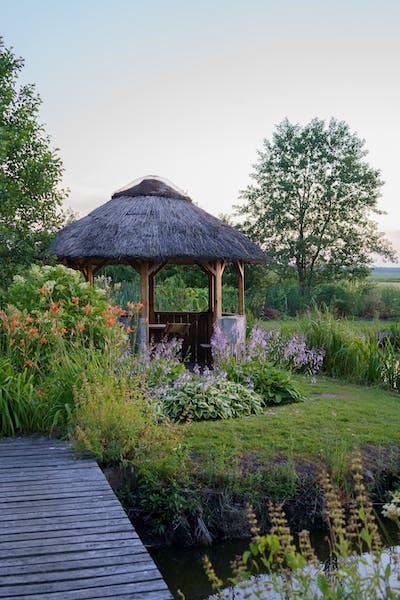Flowers are beginning to proliferate in Antarctica, and experts consider this a troubling development. While flowers typically herald the arrival of spring and bring a splash of color, their presence in Antarctica is cause for concern.
Antarctica, a frozen continent, has historically been home to just two species of flowering plants: Antarctic hair grass and Antarctic pearlwort. With its predominantly icy and snowy landscape, there has been limited space for plant growth. Trees and shrubs are nonexistent, and the existing plants are largely confined to regions such as the South Orkney Islands, the South Shetland Islands, and the western Antarctic Peninsula.
However, as global temperatures continue to climb and Antarctic ice continues to melt, researchers have observed an acceleration in the growth of plants on the continent. Nicoletta Cannone and her colleagues from the University of Insubria, Italy, conducted a study measuring the growth of these native Antarctic plants on Signy Island in the South Orkney Islands from 2009 to 2019. By comparing their findings with surveys spanning the previous 50 years, they made some startling discoveries.
Notably, the plant population at these sites not only increased in density but also exhibited accelerated growth each year, mirroring the warming climate. The results were remarkable, with the Antarctic hair grass growing in one decade (2009-2019) as much as it had in the entire five decades from 1960 to 2009. The Antarctic pearlwort, meanwhile, displayed even more rapid growth, expanding fivefold in the same time frame.
This phenomenon of rapidly growing flowering plants in Antarctica is primarily attributed to climate change and the consequent warming of the region. Antarctica typically experiences extreme cold year-round, making it an inhospitable environment for most plants. However, these particular plants seem to be capitalizing on the increasingly warmer conditions.
While factors like fur seals inadvertently stepping on the plants may contribute to their growth, the predominant driver appears to be the rising temperatures. This development is concerning because these fast-growing plants could potentially outcompete the mosses and lichens, which are the predominant vegetation types in Antarctica. Moreover, the warmer conditions may create opportunities for non-native plants to establish themselves in Antarctica, posing a threat to the delicate Antarctic ecosystem.




